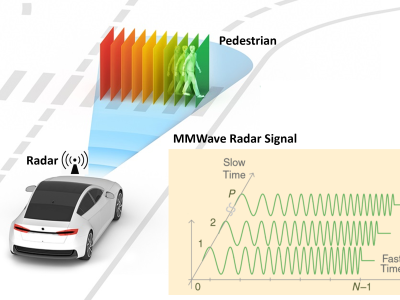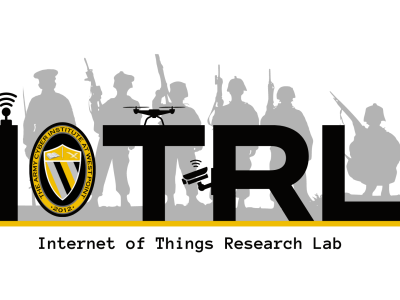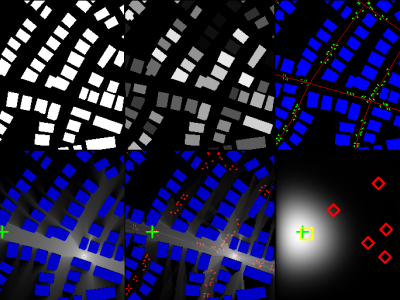SDNS-RPL

- Citation Author(s):
- Submitted by:
- Yunjin Lee
- Last updated:
- DOI:
- 10.21227/d42a-dp91
- Data Format:
- Links:
 138 views
138 views
- Categories:
- Keywords:
Abstract
Routing methods on wireless network topology face unstable packet delivery and low resources, so many possibilities when reconstructing its topology has been neglected. This caused huge traffic at nodes on topology’s best links, furthermore even those good nodes’ electricity consumption tear down too soon. Recently, these problems are gradually improving, thus this technical enhancement brought IoT into smart-home technology. However, RPL (Routing Protocols for Low) is still not recommended for them since its traffic burst makes its link reliability extremely poor. Selecting OF0 makes its burst because its connectivity is not useful in a lossy network environment. Selecting MRHOF makes its massive traffic by retaining previous parents, if possible, regardless of its balanced electricity consumption. Therefore in, we suggest a lightweight and simple load balancing function that may be turned into several considerable routes, by comparing their costs as a metric. Every subordinated node counts its weight value per parent node, when the best choice on every reconstructing tasks. Repetition of these tasks makes comparable difference in stored weights, so this can clarify its electricity consumption without using additional connectivity metrics. We did not change previous objective functions’ basic ideas, but a difference is, child node selects least favored weights when it cannot decide its new parent by its cost metrics. This leads to diverted topology reconstructions on every network inconsistency, with lowered traffic and balanced power management, which results in faster stabilization on massive packet loss.
Instructions:
To SNDS-RPL's suggested load balancing for MRHOF, please see rpl-conf.h's config file. just edit mrhof, and MRHOF into lbmrhof, LBMRHOF. This is SDNS-RPL version of MRHOF. Also, when flashing into actual device, you should remove MRHOF and of0 structure to save storage. Also, this is not yet performed inside of restricted and limited environment, so be sure to experiment(since research administrator is NRF, I don't have access to experiment devices since laboratory access is restricted).








https://ieee.atyponrex.com/submission/submissionBoard/d3a0f591-7696-4873-8ef5-177efdd42793/finalReview
In here, article is on peer-review.